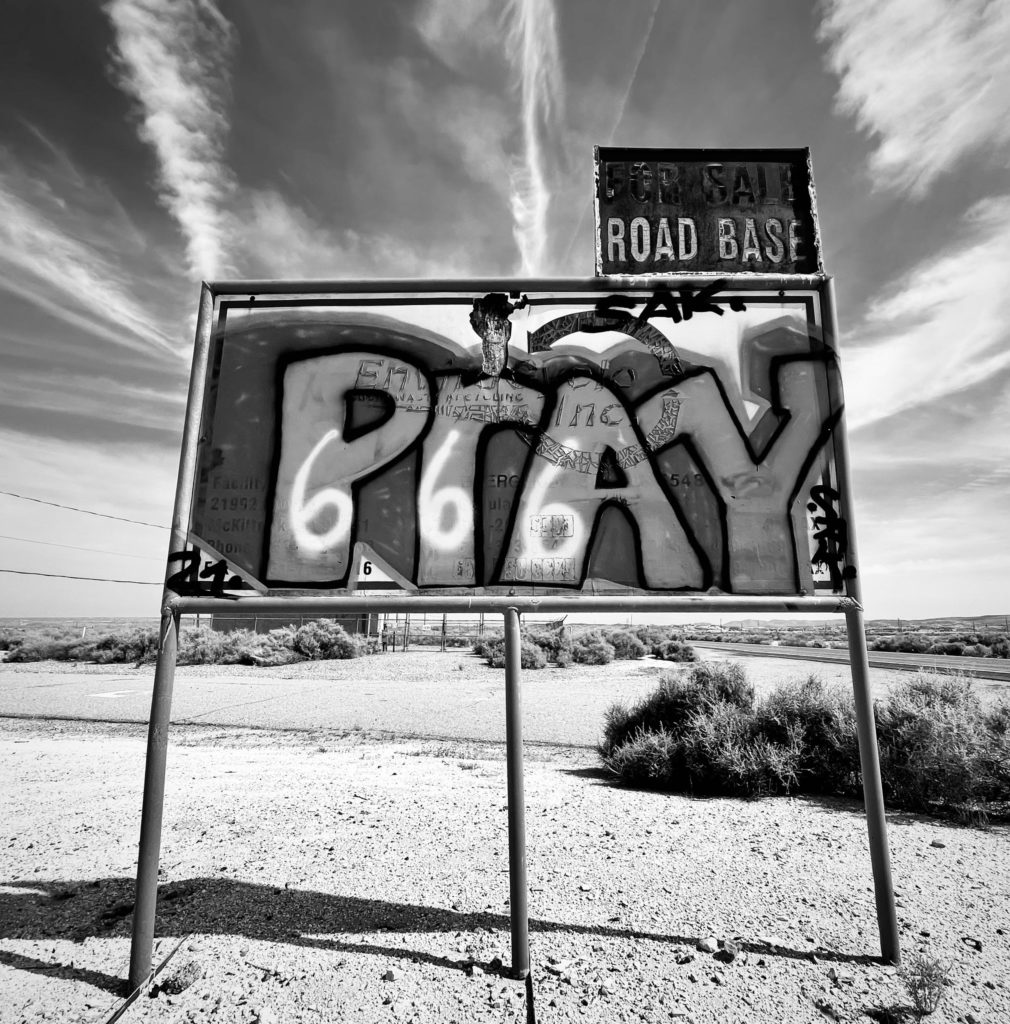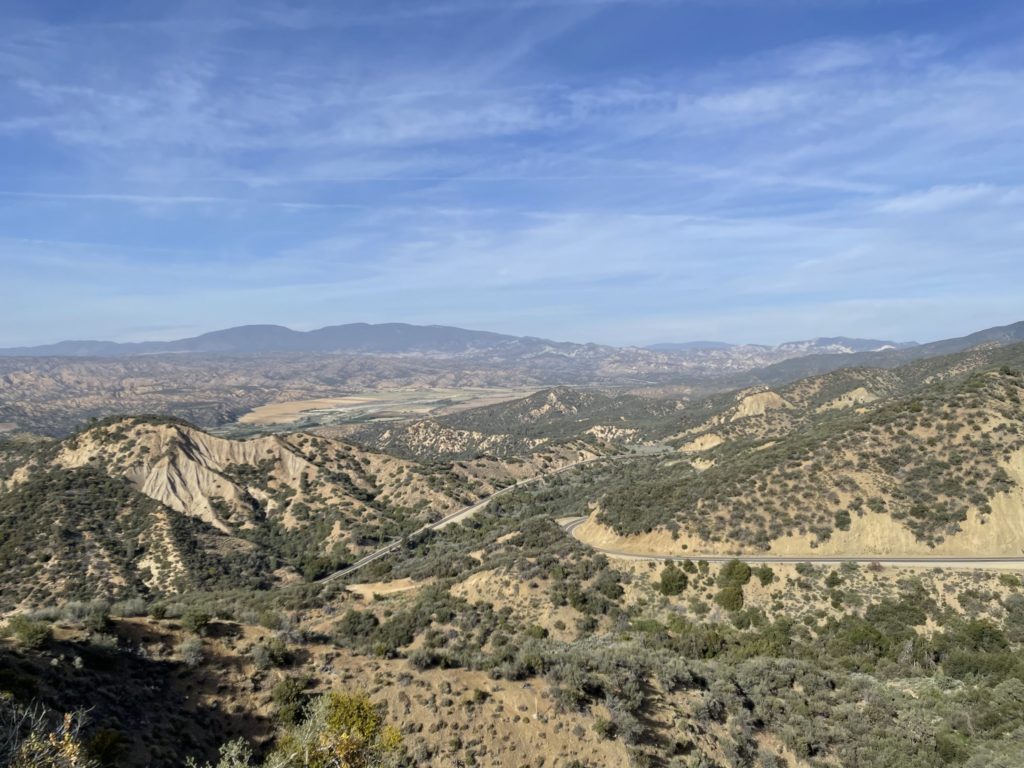
We’re down in Los Angeles for a few days. The quickest way of getting here, obviously, is to fly. It’s a one-hour flight. But we generally drive, and that’s mostly because we like seeing the country along the way.
However.
The main route between the Bay Area and L.A. is Interstate 5. And while a lot of the territory between metropolises is interesting and picturesque, and all of it is worth seeing and contemplating, that particular highway is a real drag. The volume of traffic can be intense, for one thing. For another, many, many, many, many drivers tend to camp out in what is known unironically in much of California as “the fast lane.” That’s especially true if a driver sees a truck somewhere up ahead — “up ahead” meaning “within sight.” The appearance of truck traffic, which in California has a 55 mph maximum speed limit, causes many drivers to get over into the left (a.k.a. “passing”) lane minutes before they will actually overtake the truck. Once past a truck, many drivers will sight another truck up ahead and figure they might as well just stay over there in that left lane until they pass that one, too. The result is long strings of vehicles lined up in the left lane, even when the right lane is empty. Not only are the lines of “fast lane” traffic long, they usually feature dramatic slowdowns and speed-ups as more cautious drivers brake to maintain some sort of minimum distance between them and the vehicle they’re following; sometimes the slowdowns occur because faster traffic has come up in the right lane and merges into the long line of left-lane traffic; sometimes the trucks get into the act when a slightly faster-moving truck moves to the left to pass a slow-poke semi.
That’s pretty much the way I-5 works most of the 275 or 300 miles or so down the west side of the San Joaquin Valley, and it’s kind of a drag. Yesterday, with less than half of that part of the drive done, I commented to Kate that I wished there was an alternative. Of course there are alternatives if you’re willing to take a much less direct (more time-consuming) route. But having voiced the thought of taking another way, we acted on it. I got off I-5 at Highway 41, the main route between Fresno and Paso Robles and the coast, took it west to Highway 33, then headed south through the Kern County oilfields, and across the Coast Ranges to Ojai and Ventura. I rode the same route on my bicycle years ago, and the memory of the trip across the mountains is vivid. The road did not disappoint yesterday, either.
We finished by taking 101 from Ventura into L.A., arriving early in the evening and well after the most excruciating hours of Friday afternoon traffic. We may have spent an extra couple of hours on the way than we would have if we had stayed on I-5, in part because we could stop as often as we wanted along the way and there was nothing pushing us (me) to go fast. We got where we were going, not necessarily soul-refreshed, but maybe a little less beat up from the tension of a long drive.


Dan — I just found this post, after following a link from Twitter to the Reprieve post. For many years, I lived in Berkeley and/or Oakland, and my parents lived in Thousand Oaks. Many times when I drove from the East Bay to SoCal, I took CA 269 from I-5 to Avenal and CA 33, and then down 33 to 101. It is/was so much more interesting than I-5. You get things like Brown Material Road, and all of the sodium lamps on the oil fields at night, and there’s no heavy traffic. Thx for the reminder!
“Brown Material Road” is one of the all-time great road names, right? I have taken that cutoff to Avenal, too. Kind of a surprise the way it cuts through the hilly area west of I-5 before it gets to town. And Highway 33 is always an adventure. The only thing that gives me pause is the number of roadside memorials along the way. Of course, that’s a hazard on two-lane roads just about anywhere.